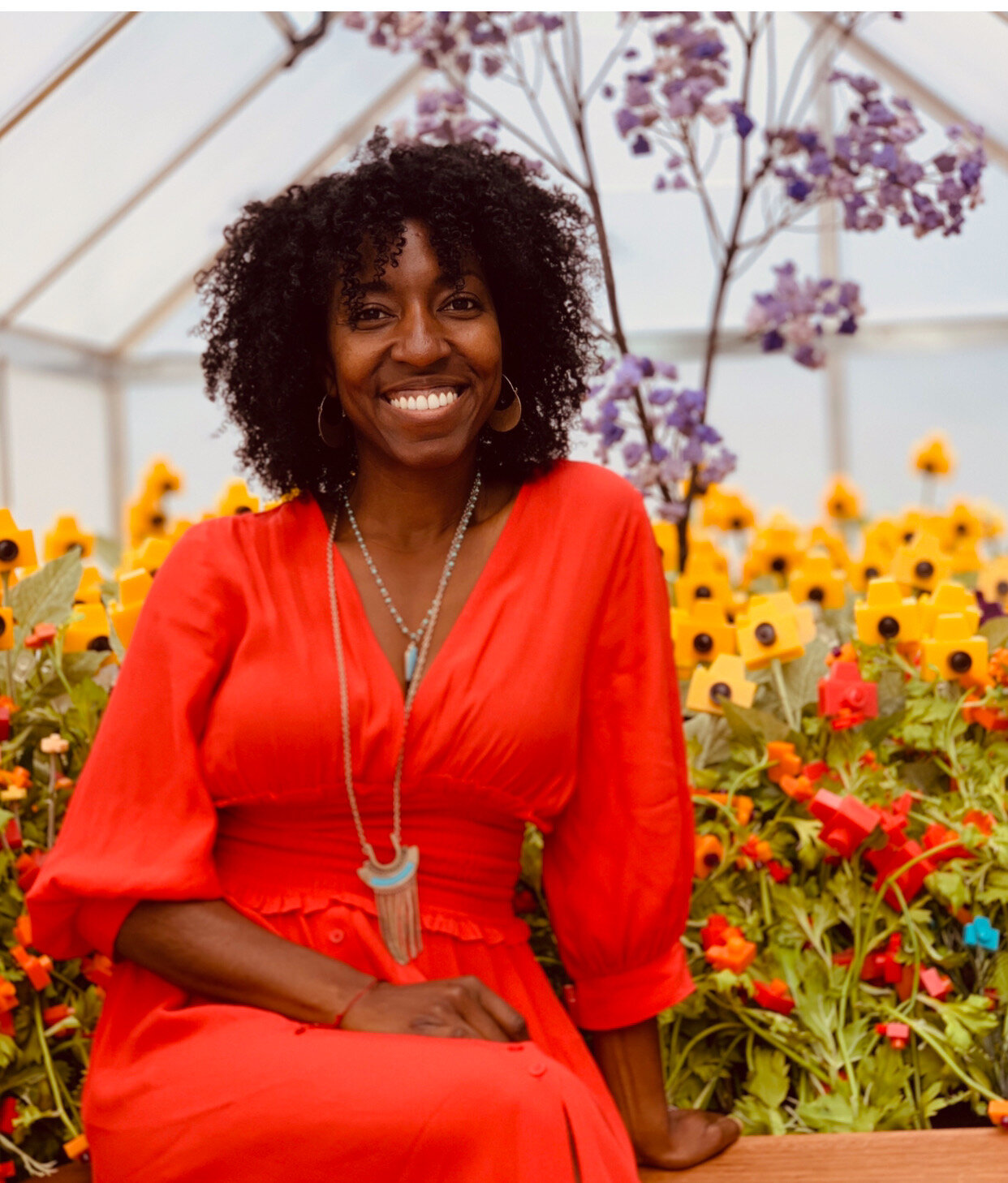Protein: why we need it and where to get it
/Protein is discussed more now than ever before!
It's popularity came crashing in as part of the anti-carb movement of the 80s and 90s. While many have learned to find a healthy balance between protein, carbs and healthy fats, some are still left wondering why protein is SO important. Furthermore, with more and more converting to vegetarian and vegan diets it makes the ever quest for healthy protein a bit more of a mission.
It is recommended to have 46 grams of protein a day for women and 56 grams for men.
Protein is comprised of building blocks called amino acids. It is essential for the structures of your body (muscle, bone, hair, skin, nails...) as well as the behind the scenes happenings with your cells (enzymes, hemoglobin, cell regeneration...) to keep you healthy and moving.
Our body can make some protein but not all that is needed for survival. Proteins that our body can not make but needs are called essential amino acids.
Our body can get essential amino acids from eating protein rich food.
It is recommended to eat 2-3 servings of protein rich food per day. Protein rich sources of food and serving sizes are:
- 1/2 cup cooked beans (black beans, garbanzo beans, kidney beans, lentils, split peas)
- 1/2 cup whole grains (quinoa, barley, oats)
- 1 1/2 ounces of nuts (walnuts, almonds, cashwew, macadamia nuts) and 1 ounce of seeds (sesame, pumpkin, sunflower, chia seeds)
- 1 slice whole grain bread
- 3 ounces of tofu or tempeh
- 1 cups cooked spinach, mung beans, broccoli
- 1 egg
- 2 to 3 ounces of lean meat, poultry of fish (about the size of a deck of cards)
- 1 ounce of cheese
Food that is a complete protein offers all of the essential amino acids that your body needs. Complete proteins come from:
- Animal derived food (fish, seafood, poultry, meat, eggs, milk, cheese)
- Quinoa (the king of whole grains for protein), blue green algae, soy, buckwheat and hemp seed
- A high quality protein shake mix such as Nutrimeal by Usana (ask me about how to get it)
- Combining certain vegetables and grains that can create a complete protein such as:
beans and rice; hummus with tahini; brown rice, mushrooms and broccoli; lentils, chard and yams; asparagus and barley with almonds.
The goal is to find out what building blocks (amino acids) are missing from one food and find it in another. Please note that you don't have to eat the food combo's all in one meal. Spacing them out through the day is fine.
I hope this was helpful for you...
Blessings!





